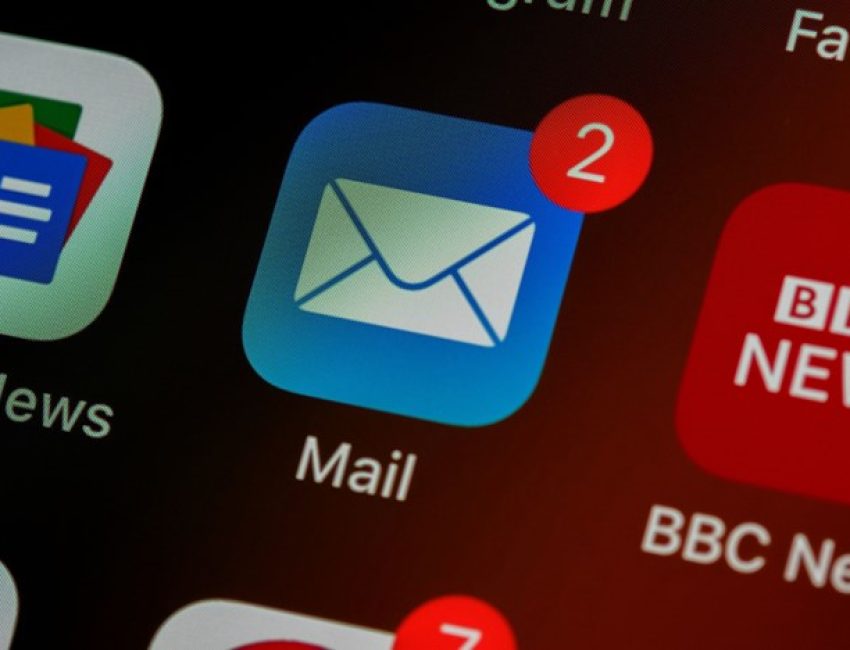When you have a large email list, email list segmentation is a great way to ensure that you can still send personalized, relevant marketing to each of your contacts. You may serve multiple demographics or target audiences, and they might not find the same marketing strategies appealing. When you segment your email list by demographics or interest, you can better reach them with the offers or news they want to see.
In this blog, let’s go over some of the best practices for email list segmentation. These will ensure more personalized strategies and effective results in your email marketing.
#1 – Start Small and Grow As Needed
You don’t need dozens of email lists, especially starting out. When you begin your email marketing, it may be better to split your email list into two segments down a clear dividing line. This keeps the practice from becoming too overwhelming to begin with. As your email list and your audience grows, you may need further segmentations. Simply segment as needed. When you notice that certain portions of your audience may be more receptive to certain marketing strategies than others, you can segment again.
#2 – Use Onboarding Emails
When you have a new email contact, consider sending out an onboarding email. The onboarding email offers them a sort of tutorial of your website, your brand, and your offerings. It can potentially allow them to move further down your sales funnel. It can also help you see what parts of your brand are of interest to them and what aren’t. This may help you to shuffle them into a particular email segmentation. You can also use AI softwares to send them a more personalized onboarding email based on their interests and engagement with your website.
#3 – Segment By Geographical Location
Your marketing strategies for local prospective clients may be vastly different than your marketing strategies for global prospects. For instance, if you have a local event or you want to partner with local businesses, it may not impact your email contacts across the country, but it could be very relevant to your local email clients. Likewise, if you plan to attend an event in a particular location or open a new branch in a new location, then that would be more relevant to prospects in that location. Segmenting based on geographical location can be a great way to ensure prospects don’t miss out on exciting local news.
#4 – Segment By Customer Lifecycle
You can and should also segment your email lists by customer lifecycle. As people move through different phases of the sales funnel, you can segment them into different email lists. For instance, you should have a list of your high quality leads that are most likely to result in sales so you can focus in on those prospects. You can also create an email list for contacts who tend not to engage with your emails. Rather than wasting time and energy reaching out to them, you can spend more time on the more active, interested contacts.
#5 – Segment By Past Purchases
Past purchases can give you an idea of what your customers like about your offerings, and what might interest them in the future. Thus it can be helpful to create email segments based on purchase history. Which customers purchased the new product you launched last month? Would they be interested in the supplement to that product or to the special 2-for-1 deal? On the other hand, customers who weren’t interested in that product may not be interested in the supplement or any special offers relevant to that product.
This is another way to hone in on what would be effective and not waste time or energy, as well as mitigating the risk of your emails going into spam folders.
#6 – Offer Customized Deals and Promotions
When you segment your email lists, you’re able to send promotional emails that are actually relevant to your customers. Why not make those more personalized? This can go beyond including their name in the address or using AI to get a sense of their interests.
Consider offering customized deals and promotions based on your email segments. Offer these deals to the segments of your audience that are more likely to be interested in those offers. Then you can offer other deals or promotions to other segments of your email lists. When the offer is much more relevant and tailored to the customer, they’re more likely to take an interest in it and actually make a purchase at the end of the day.


